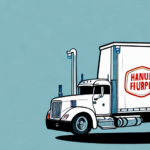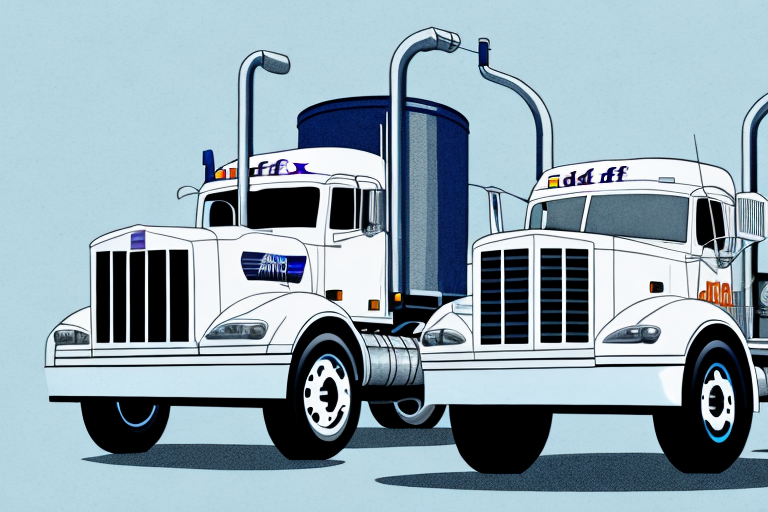Importance of Delivery Route Optimization
Delivery route optimization is crucial for businesses aiming to enhance operational efficiency and boost customer satisfaction. In today's competitive marketplace, the ability to deliver products promptly and accurately is vital. Optimizing delivery routes allows businesses to streamline operations, reduce costs, and provide superior customer experiences.
Benefits for Businesses
- Cost Savings: Reducing fuel consumption and vehicle maintenance costs by optimizing routes.
- Environmental Impact: Lowering vehicle emissions contributes to a greener footprint.
- Improved Customer Satisfaction: Timely deliveries enhance customer loyalty and generate positive reviews.
- Resource Efficiency: Better utilization of drivers and vehicles minimizes the need for additional resources.
Challenges and Common Mistakes
Manual Route Planning Challenges
Manual route planning is labor-intensive and prone to errors. It often fails to account for real-time factors such as traffic conditions, road closures, and weather changes, leading to inefficiencies and delays.
Common Mistakes
- Neglecting real-time data in route planning.
- Overlooking vehicle capacity and driver availability.
- Relying solely on intuition rather than data-driven insights.
Automated Solutions and Technologies
Advantages of Automated Route Optimization
Automated route optimization software leverages AI and machine learning to determine the most efficient delivery routes, considering variables like traffic, vehicle capacity, and delivery time windows. This results in significant time and cost savings.
GPS Tracking
GPS tracking provides real-time visibility into driver locations and delivery progress, allowing for dynamic adjustments to routes as needed. This enhances fleet management and improves delivery reliability.
Dynamic Routing
Dynamic routing adjusts delivery routes in real-time based on current conditions, such as unexpected traffic jams or road closures. This ensures that deliveries remain on schedule despite unforeseen challenges.
Analytics
Advanced analytics tools analyze delivery data to identify patterns and areas for improvement. Businesses can use these insights to continuously refine their delivery strategies.
Data Collection and Analysis
Collecting Relevant Data
Accurate data collection is the foundation of effective route optimization. Key data points include customer orders, delivery times, vehicle locations, and traffic conditions. Implementing a Transportation Management System (TMS) can facilitate this process.
Best Practices for Analyzing Data
Utilizing data visualization tools, such as charts and graphs, helps in understanding delivery patterns and identifying inefficiencies. Regularly tracking key performance indicators (KPIs) like delivery time, accuracy, and customer satisfaction is essential for continuous improvement.
Tools and Software
Route Optimization Software
There are various software solutions available that offer features like real-time route optimization, traffic updates, and delivery tracking. Examples include Route4Me and Optimo Route Optimization.
GPS Tracking Systems
GPS tracking systems, such as Geotab and Teletrac Navman, provide essential real-time data on vehicle locations and movements, enabling effective fleet management.
Strategic Planning
Factors to Consider
When creating a delivery plan, consider the number of stops, geographic locations, types of products, and transportation modes. Selecting the appropriate transportation method based on distance and load can significantly impact efficiency.
Case Studies
Successful implementations of delivery route optimization include UPS's ORION system, which has reduced millions of miles driven annually and decreased fuel consumption, and Domino's proprietary AI-driven delivery system, which enhances delivery speed and reliability.
Future Trends
Emerging Technologies
Future trends in delivery route optimization include the integration of autonomous vehicles, drone deliveries, and blockchain for secure transactions. These technologies promise to further enhance delivery efficiency and security.
Innovations in Delivery Routes
Innovations such as delivery lockers, smart packaging, and real-time bidirectional communication between customers and drivers are set to revolutionize the delivery landscape, making services faster and more reliable.
Cost and Customer Impact
Optimizing delivery routes offers long-term benefits, including significant cost savings and improved customer satisfaction. By reducing operational costs, businesses can enhance profitability and reinvest in growth initiatives. Additionally, customers benefit from prompt deliveries, better communication, and reliable services, leading to increased loyalty and positive brand reputation.
Conclusion
Optimizing delivery routes is essential for businesses aiming to improve operational efficiency and enhance customer satisfaction. By leveraging automated solutions, advanced analytics, and strategic planning, businesses can achieve significant cost savings, reduce their environmental impact, and provide superior service quality. Staying abreast of emerging technologies and continuously refining delivery strategies will ensure sustained growth and competitiveness in the delivery industry.




















